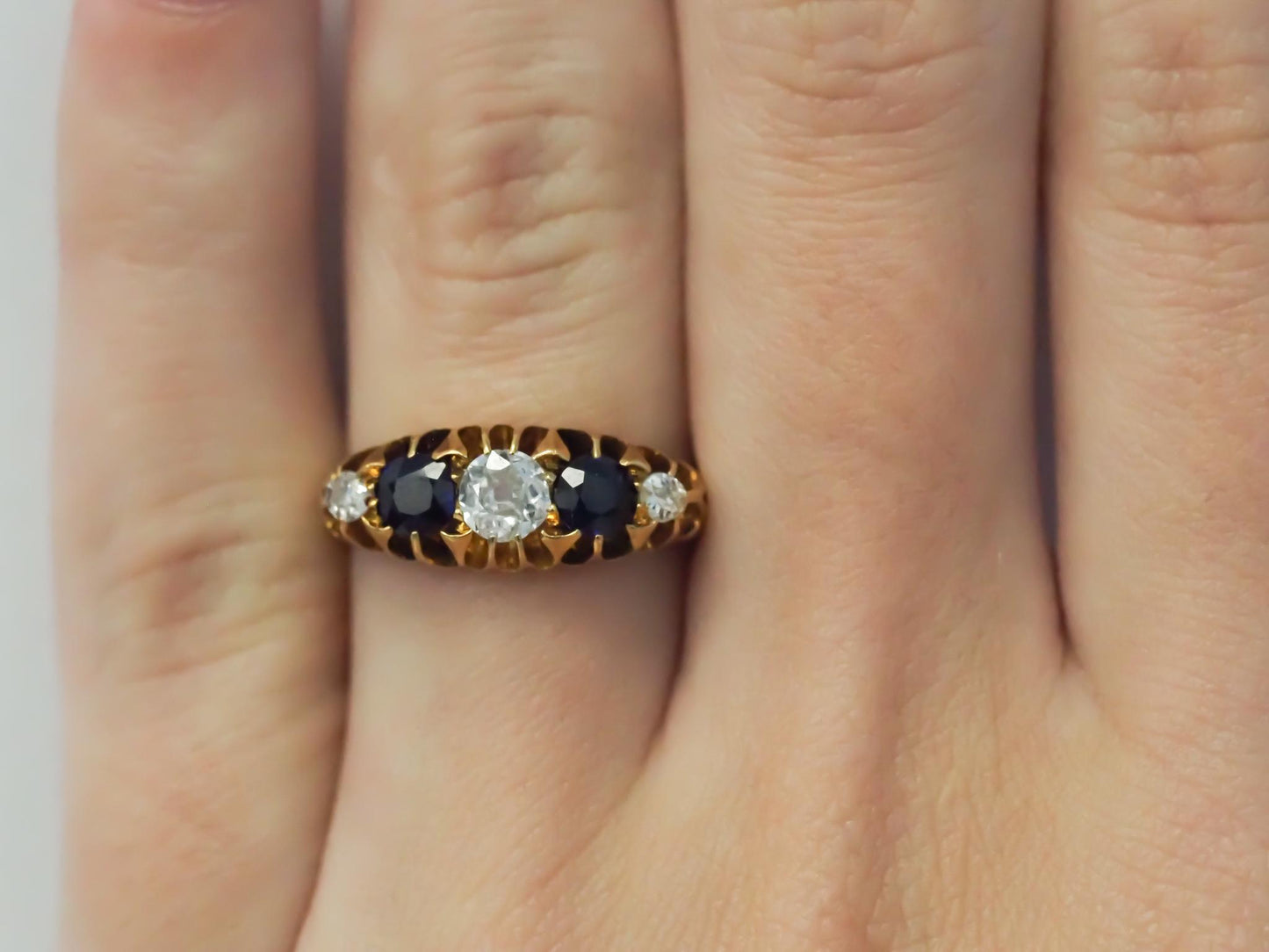The Verma Group
Annalynne
Annalynne
Couldn't load pickup availability
Victorian Era:
Time Period: The styles of the Victorian wedding ring and engagement ring were defined by the reign of Queen Victoria from 1837 - 1901 and her everlasting affection for her beloved husband Albert. Victoria too had a great influence on the jewelry styles of the time, and it was her great love of diamonds that led to a revolution in diamond rings. The Victorian era is separated into three distinct times - which all have their own unique styles and history. These are the Early Victorian period, the Mid-Victorian period and the Late Victorian period.
Description of Era: Changes to the metals and diamond gemstones used to create wedding rings and engagement rings occurred during the Victorian eras.
The first was the introduction of lower karat gold alloys; before 1854, precious rings were created mainly with 22k or 18k gold (75% pure gold alloyed with copper, silver, nickel, or a mixture of these metals) and silver, but after 1854 the gold standards changed and rings created with 15k gold, 12k gold, and 9k gold became legal on the market.
The second important change was the opening of the South African diamond mines in 1870; before 1870 diamonds were quite rare and most diamond rings contained clusters of small diamonds, but after 1870 when the South African mines opened large diamonds became available for use in wedding rings and engagement rings.
Early Victorian Wedding Rings: 1837-1860
Early Victorian wedding rings symbolized the heydays of the early reign of Queen Victoria and her marriage to Albert. The Victorian snake ring became extremely popular during Queen Victoria's first years of marriage because Albert had given her a snake and emerald engagement ring. Whatever Queen Victoria wore soon became 'all the rage', and from this time on the Victorian snake ring enjoyed years of popularity.
Gemstones included amethyst, bloodstone, chalcedony, garnet, moss agate, ruby, smoky quartz, and topaz. Many engagement rings included the bride’s birthstone. Rings often included multiple gemstones and other types of materials such as coral, ivory, tortoise shell, and seed pears. In some cases, inlaid images were placed under a gemstone.
Diamond rings often included small clusters of diamonds or small diamonds which framed circular or square shaped gemstones. The most popular diamond cuts of the day were the new "brilliant" cut and the old world rose cut.
Ring metals of the time included 22k and 18k gold, rose gold, pinchbeck (a gold imitation made with copper and zinc) and in later years 9k, 12k and 15k gold.
Popular motifs included natural themes like butterflies, clover, garlands, daisies, doves, Gothic symbols and letters plus snakes.
When you choose to go vintage with VERMA, you are cutting out the use for further mining and environmental damages which are a byproduct. In addition, the diamonds used in our collection are all conflict-free; as the conflict mines were in production after our pieces are dated.
Share
















